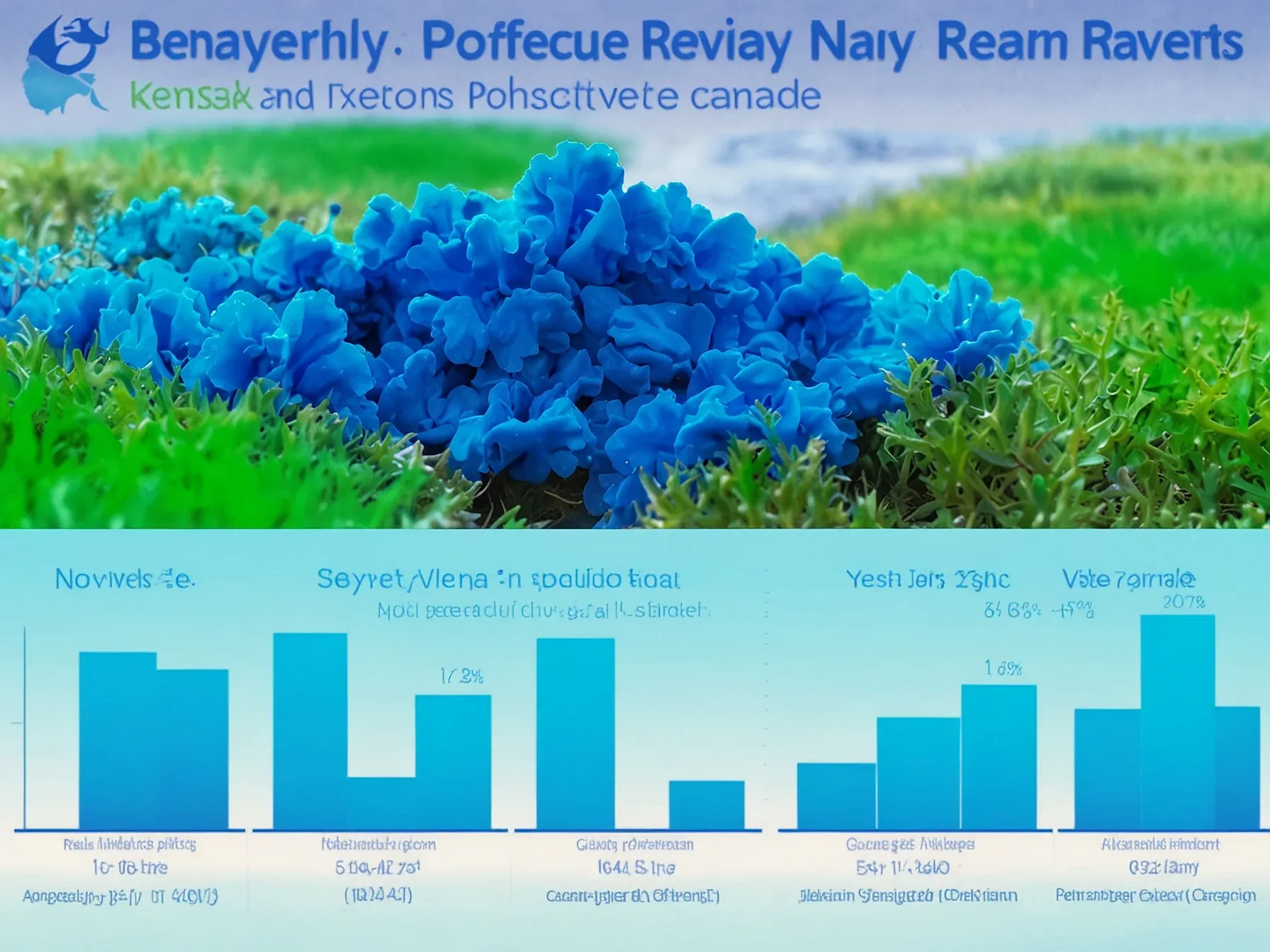
Four key components outlined as necessary for a tech bubble in analysis
Four elements have been singled out as essential for a tech bubble to form, according to a recent market‑trends piece titled “The 4 Things You Need for a Tech Bubble.” The framework lists a mix of capital influx, speculative hype, regulatory slack and a feedback loop that amplifies valuation spikes. Analysts have been using those criteria to scan today’s venture‑backed startups, weighing everything from funding rounds to media buzz. While the checklist sounds straightforward, applying it in real time is anything but.
The debate hinges on whether the current data points truly satisfy each condition or merely echo past cycles. That’s why the conversation turns to a more skeptical reading of the numbers. Michael Calore, who has been following the discussion, pushes back against the optimism that some observers display.
He frames his doubt in terms of the same analytical tool that’s been cited throughout the article. The following exchange captures that tension and hints at a conclusion that could reshape how we view the sector’s trajectory.
So that I think is where they would probably want to say that their analytical framework ends and they wouldn't necessarily say what I have said, what I use their framework to conclude, which is that this could be a bubble to end all bubbles. Michael Calore: Well, just playing devil's advocate, even if this is the bubble to end all bubbles, history shows that these technological innovations don't just go away once the economic incentives around them lessen. I mean after the dot com crash, the internet just kept growing and growing and I work for a dot com 25 years later, could the same path be true for the AI industry?
AI chatter has reached a fever pitch. The hosts note that Google, Meta and Microsoft are all committing more capital to AI through 2026, a fact that fuels speculation. Yet, history shows that bubbles are rarely identified in real time.
Researchers have previously relied on four criteria to flag emerging tech excesses, and Merchant applies that same framework today. He suggests the current environment could qualify as “a bubble to end all bubbles,” a claim that provokes skepticism. Calore pushes back, playing devil’s advocate and asking whether the metrics truly line up.
The discussion leaves the audience with unanswered questions. Is the surge in investment a sustainable shift or a speculative surge? Unclear whether the four‑point test will hold up under today’s market dynamics.
A bubble? Maybe. Without broader data, the assessment remains provisional.
Analysts will likely monitor valuation trends and funding rounds closely. Any shift in corporate strategy could alter the picture.
Further Reading
- Is AI a Boom or a Bubble? - Harvard Business Review
- This Is How the AI Bubble Will Pop - Derek Thompson
- Why we are not in a bubble... yet - Goldman Sachs
Common Questions Answered
What are the four components identified as necessary for a tech bubble in the article?
The article outlines a framework of four essential elements: a surge of capital influx, heightened speculative hype, regulatory slack that permits lax oversight, and a feedback loop that amplifies valuation spikes. These criteria are used by analysts to flag emerging tech excesses.
How does AI chatter and the capital commitments from Google, Meta, and Microsoft through 2026 influence the bubble narrative?
AI chatter has reached a fever pitch, and the hosts note that Google, Meta, and Microsoft are each pledging additional capital to AI initiatives through 2026. This sustained funding fuels speculation and reinforces the article’s claim that the environment could evolve into a "bubble to end all bubbles."
Who argues that the current environment could be "a bubble to end all bubbles," and what is Michael Calore’s response?
Analyst Merchant applies the four‑criteria framework to today’s market and suggests the situation may qualify as "a bubble to end all bubbles." Michael Calore, playing devil’s advocate, counters that even if a bubble forms, historical patterns show technological innovations rarely disappear when economic incentives wane.
In what way are analysts using the four‑criteria framework to evaluate venture‑backed startups, and what difficulty do they encounter?
Analysts scan venture‑backed startups by weighing funding rounds, media buzz, and other signals against the four criteria of capital influx, hype, regulatory slack, and feedback loops. They acknowledge that identifying a bubble in real time is challenging because the signs often become clear only after valuations have already spiked.




